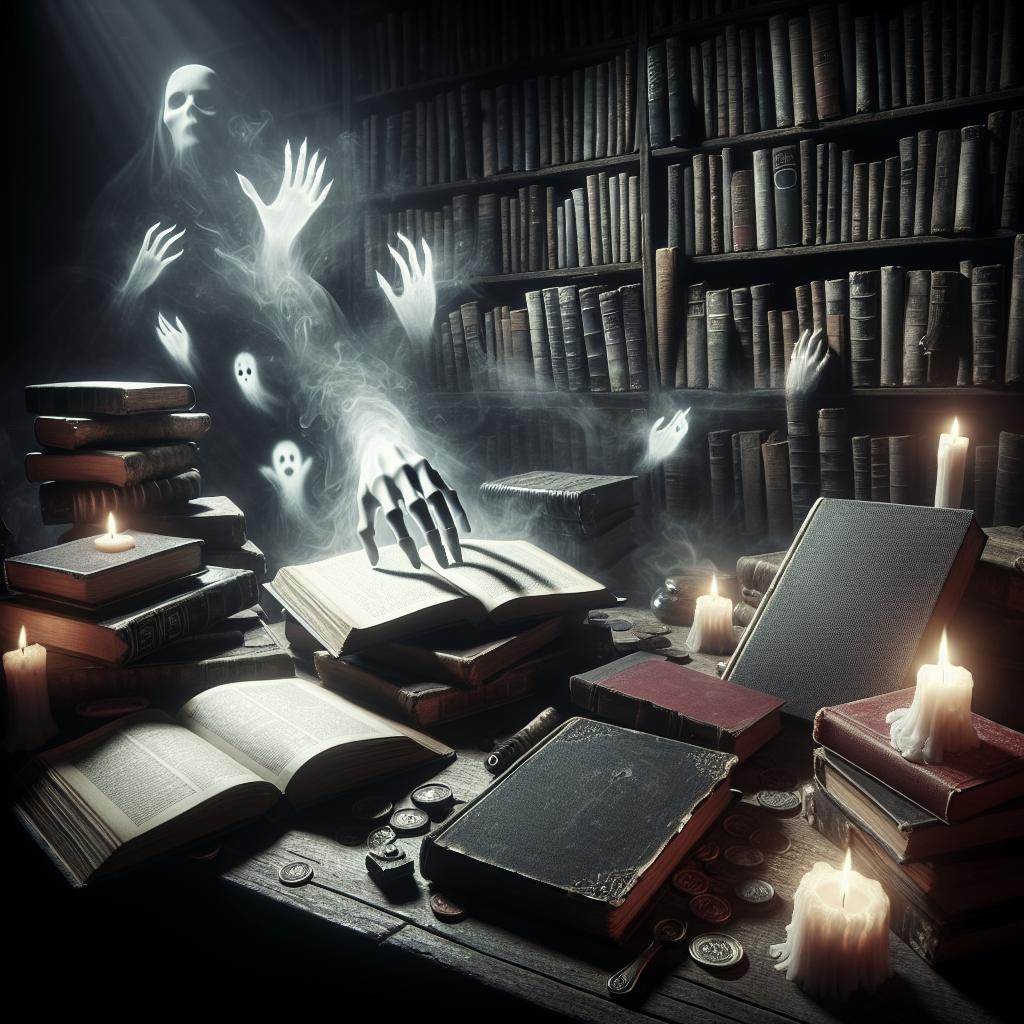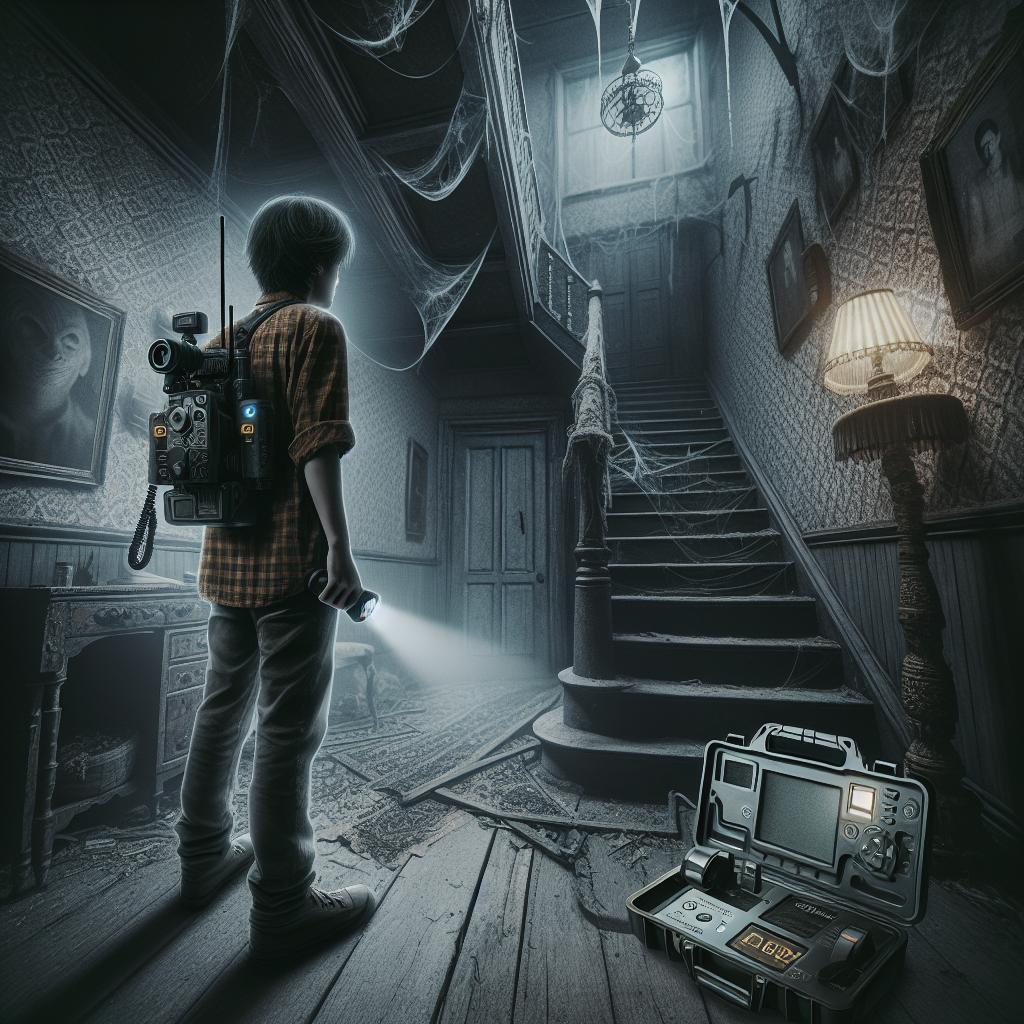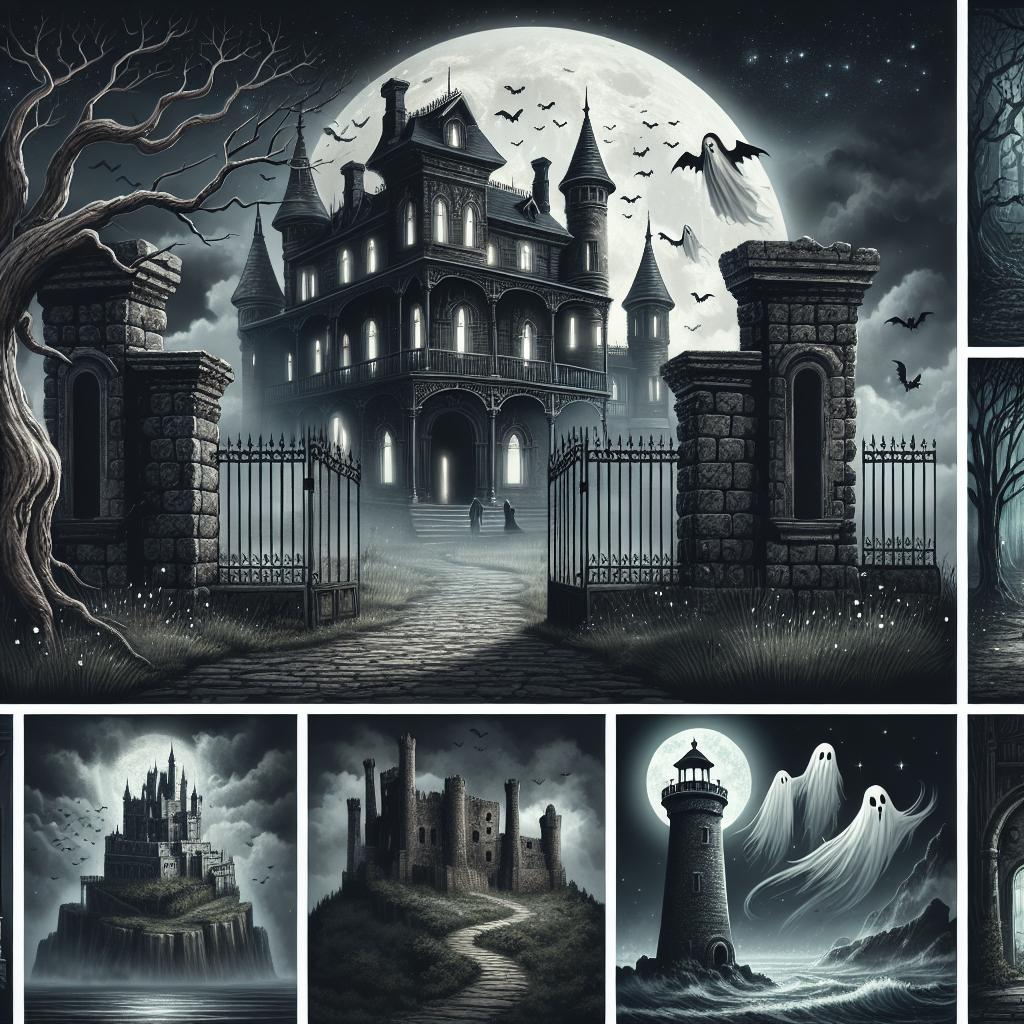“`html
Exploring Ghostly Themes in Literature
Literature has long been fascinated by the supernatural, and ghostly themes have woven their way into narrative traditions across various cultures and time periods. From classic tales of spectral apparitions to modern reimaginations of the paranormal, these stories captivate the human psyche with mysteries of life and death. This blog post will explore significant works of literature that embrace ghostly themes. We’ll delve into classic English and American literature, uncover stories from Asian folklore, and discover how contemporary authors continue to haunt us with their spectral imaginations. Join us as we navigate the ethereal landscapes of literature, where the line between the living and the dead becomes intriguingly blurred.
Share
Classic English literature is home to some of the most enduring ghost stories that have influenced countless subsequent works. Charles Dickens’ “A Christmas Carol” paints a vivid picture of redemption through the spectral visits of ghosts representing past, present, and future. The novella uses its ghostly characters to explore themes of morality, regret, and redemption, ultimately serving as a cautionary tale about the consequences of one’s actions in life.
Similarly, Henry James’ “The Turn of the Screw” is a masterful psychological thriller that intertwines the supernatural with the complexities of the human mind. As a governess tends to two young children at a remote estate, she encounters ghostly apparitions that raise questions about her sanity and reliability. The novella’s ambiguity keeps readers pondering the nature of the ghosts and the potential manifestations of internal anxieties.
These classics not only provide eerie entertainment but also a lens through which we can examine profound philosophical and psychological questions, making them timeless entries in the realm of ghostly literature.
Related
Ghostly themes are not confined to Western literature; Asian folklore is rich with spectral tales that reflect cultural beliefs and moral lessons. Japanese literature, for instance, provides haunting stories such as “Kwaidan: Stories and Studies of Strange Things” by Lafcadio Hearn. This collection brings together ancient ghost tales that delve into karmic justice, the afterlife, and the intersection of the human and spirit worlds.
Furthermore, Chinese literature offers a wealth of ghostly narratives, with “Strange Stories from a Chinese Studio” by Pu Songling standing out as a classic. This collection of tales, infused with moral undertones and societal observations, portrays ghosts not just as menacing apparitions, but as entities reflecting human emotions and desires. Such stories allow readers to consider cultural interpretations of death and the afterlife.
Exploring these works allows a deeper understanding of how ghostly themes transcend cultural boundaries, providing universal narratives that resonate across different societies, yet remain uniquely rooted in their cultural origins.
Share this
Modern literature continues not only to embrace but to reinvent ghostly themes, reinvigorating the genre with fresh perspectives. Authors such as Toni Morrison and George Saunders bring ghosts into contemporary settings, imbuing them with social, historical, and emotional resonance. Morrison’s novel “Beloved” is a poignant exploration of haunting as a metaphor for the lingering trauma of slavery, personified through the ghost of a young girl.
In “Lincoln in the Bardo” by George Saunders, the narrative is set in a graveyard where deceased souls linger, including the ghost of Abraham Lincoln’s young son. The novel is a meditation on grief, loss, and the posthumous echoes that linger in the lives of the living. Through these modern ghost stories, authors explore the inseparability of history and identity, inviting new reflections on old themes.
Such contemporary works show that ghost stories remain a vital part of literary exploration, offering insight into human experiences and inviting us into conversations about identity, history, and memory.
Related
Ghostly themes in literature are more than just stories of fright; they are tightly woven into the fabric of narrative history. Works like Gabriel Garcia Marquez’s “One Hundred Years of Solitude” blur the line between reality and the supernatural, infusing magical realism into family sagas where ghosts symbolize memory and myth. These narratives offer new ways of understanding the interplay between the living and the dead.
Wuthering Heights by Emily Brontë is another emblematic work where the supernatural is an integral part of the narrative landscape. The ghost of Catherine Earnshaw haunts the moors and the characters, symbolizing undying love and unredeemed pasts. Ghosts in these stories become emotional projections, weaving spectral elements with human passions and obsessions.
Ultimately, the enduring appeal of ghostly themes lies in their ability to transcend time and genre, anchoring profound tales of human emotion and existential inquiry. Through such literature, readers can explore the myriad ways spirits embody the echoes of the past and the uncertainties of existence.
Lessons Learned
| Theme | Examples | Significance |
|---|---|---|
| Classic English Literature | “A Christmas Carol”, “The Turn of the Screw” | Explores moral and psychological dimensions through ghostly narratives. |
| Asian Folklore | “Kwaidan”, “Strange Stories from a Chinese Studio” | Reflects cultural beliefs and morals, enriching global ghostly themes. |
| Modern Literature | “Beloved”, “Lincoln in the Bardo” | Reinterprets ghostly themes with social and emotional depth. |
| Magical Realism & Symbolism | “One Hundred Years of Solitude”, “Wuthering Heights” | Uses ghostly elements to explore myth, memory, and emotion. |
“`


